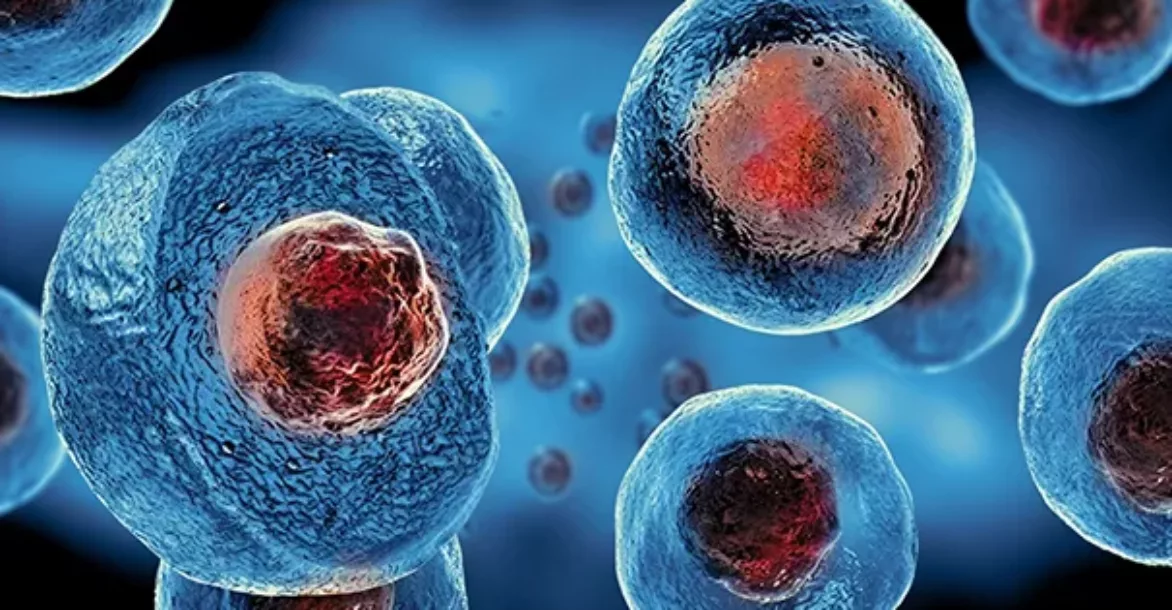Understanding Stem Cells: The Basics
Stem cells are unique cells capable of differentiation—the process by which they transform into specialized cells such as muscle, nerve, or blood cells. They possess two key characteristics:
- Multipotency or Pluripotency – Some stem cells, like mesenchymal stem cells (MSCs), are multipotent, meaning they can develop into a limited range of cell types. Pluripotent cells, including induced pluripotent stem cells (iPSCs), have the ability to differentiate into almost any cell type in the body.
- Self-renewal – Stem cells can replicate to produce more stem cells, providing a continuous supply of therapeutic cells for healing and repair.
Historically, stem cells were first applied in bone marrow transplantation and T-cell therapy, laying the foundation for modern cellular therapies.
How Stem Cells Work in Therapy
At the core of cell therapy is the concept of using stem cells as therapeutic cells to restore or replace damaged tissue. For example:
- Tissue repair: MSCs can migrate to injury sites and promote regeneration of cartilage, bone, and muscle.
- Immune system support: Stem cells modulate immune responses, providing anti-inflammatory effects that are beneficial for autoimmune disorders and chronic inflammation.
- Blood cancers: Hematopoietic stem cells from bone marrow or cord blood are used in cell transplantation to restore healthy blood and immune function.
- Anti-aging and rejuvenation: Research into MSCs and other stem cells suggests potential for improving tissue function, slowing degenerative processes, and enhancing overall quality of life.
Cord-derived MSCs, in particular, are gaining attention for their robust regenerative capabilities and ethical sourcing compared to adult tissue-derived cells.
Clinical Research and Safety
Stem cell applications are not experimental in every sense—they are rigorously tested under clinical trials. These trials focus on:
- Safety and efficacy: Ensuring the cells perform as intended without adverse effects.
- Viability: Confirming stem cells remain functional after processing and transplantation.
- Clinical protocol adherence: Standardized procedures for preparation, delivery, and patient monitoring.
- Regulatory compliance: Treatments follow GMP standards and often comply with FDA regulations, ensuring ethical sourcing and high-quality products.
Patient outcomes are central to these studies. Personalized approaches in cellular therapy aim for patient-centric results, targeting improved symptom management, tissue healing, and overall rejuvenation.
The Future of Stem Cell Medicine
Modern regenerative medicine continues to evolve. Advances in iPSCs and MSCs allow for personalized medicine, where treatments are tailored to individual patient needs. Clinical research is expanding into areas like degenerative diseases, autoimmune disorders, and aging-related conditions, demonstrating the potential of stem cells to improve life quality beyond conventional therapies.
The journey from bone marrow transplantation to cutting-edge cord-derived MSC therapy exemplifies how far cellular therapy has come—and how promising the future remains. Stem cells are not just biological curiosities; they are living tools for healing, with the potential to reshape medicine for generations to come.
Are you a Stem Cell Candidate?
Apply Now










